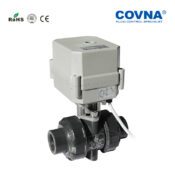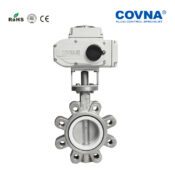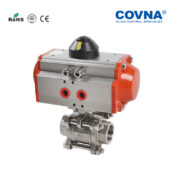
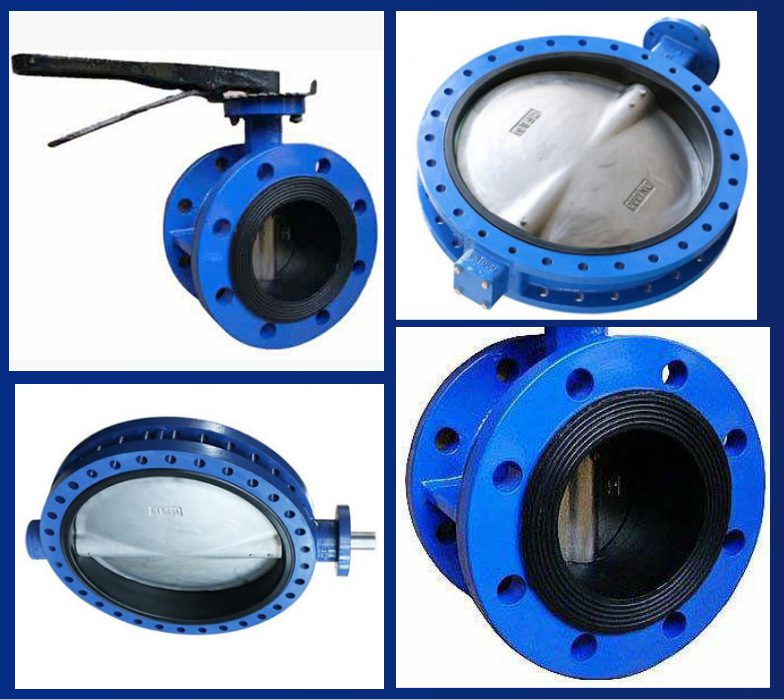
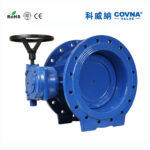

COVNA Stainless Steel Double Eccentric Flange Butterfly Valve
COVNA Stainless Steel Double Eccentric Flange Butterfly Valve
We offer double eccentric butterfly valves in DN150-2800 designed with durability in focus. Double eccentric butterfly valve is also called high performance butterfly valve. It is mainly used for drainage of water plants, power plants, steel smelting, chemical industry, water source engineering, environmental facility construction, etc., especially suitable for water pipelines, as regulating and intercepting equipment. Compared with the centerline butterfly valve, the double eccentric butterfly valve is more resistant to high pressure, has a longer life and good stability
- Model: Double ennentric butterfly valve
- Size Range: 2″ to 32″
- Pressure Range: PN 6/10/16/25/40
- Material: Cast Iron, Cast Steel, Ductile Iron, Stainless Steel
SS 304 Flange Butterfly Valve With Gear Worm or Trigger Handle Features:
The double eccentric butterfly valve is further improved on the basis of the single eccentric butterfly valve. Its structural feature is that the axis of the valve stem deviates from the center of the butterfly plate and the center of the body. The double eccentric effect enables the butterfly plate to be released from the valve seat immediately after the valve is opened, which greatly eliminates unnecessary excessive extrusion and scratching between the butterfly plate and the valve seat, reduces the opening resistance, reduces wear and improves The life of the valve seat is improved. The scraping is greatly reduced, and at the same time, the double eccentric butterfly valve can also use a metal seat, which improves the application of the butterfly valve in the high temperature field.
- Reasonable design, compact structure, easy assembly and disassembly, and easy maintenance.
- The eccentric structure is adopted to reduce the friction of the sealing ring and prolong the service life of the valve.
- Completely sealed, zero leakage. Can be used in ultra-high vacuum conditions
- Replace the valve plate sealing ring, butterfly plate, shaft and other materials, which can be applied to a variety of media and different temperatures
- Valve actuation choices: The valve can be equipped with electric actuator, pneumatic actuator or trigger handle and worm gear.
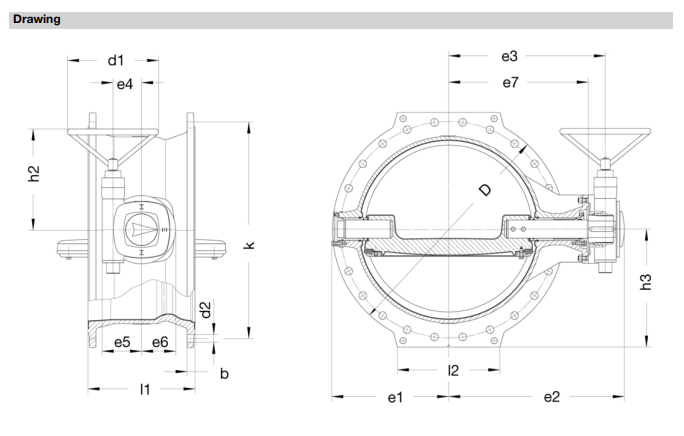
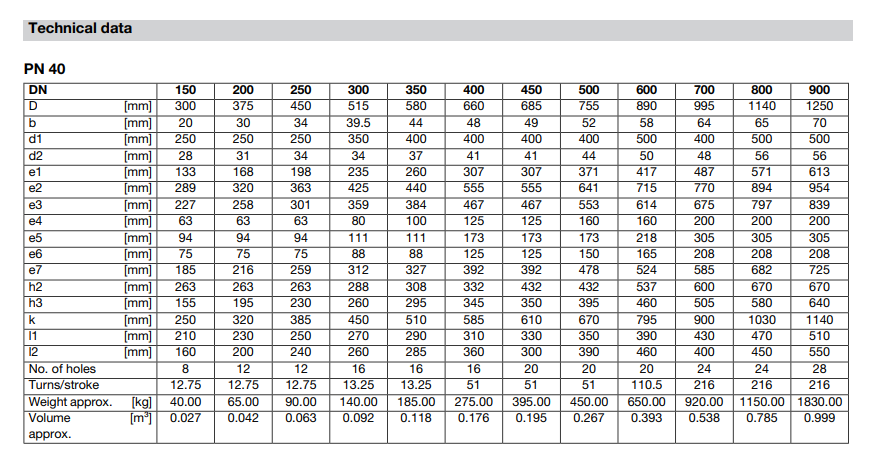
![]()
![]()

1.Oil and Gas Industry
Pipeline Flow and Pressure Control: Used for flow and pressure control in natural gas and oil pipelines to ensure stability during transportation.
Gas and Liquid Distribution Systems: Regulates the flow of gases or liquids, ensuring precise control under various operating conditions.
Automation of Distribution Systems: Used in refineries and natural gas processing plants to automate fluid distribution and regulate the reaction processes.
2.Chemical and Petrochemical Industry
Reactor Pressure and Flow Control: Used in chemical reactors, storage tanks, and other equipment to control pressure and flow, ensuring stability in the chemical reaction process.
Flow/Pressure Regulation: Regulates the flow of liquids or gases in processes such as polymerization, refining, and distillation to ensure efficient production.
Steam Control: Regulates the flow and pressure of steam in steam generators and distribution systems.
3.Water and Wastewater Treatment
Water Flow Control: Regulates water flow and pressure in water supply and wastewater treatment systems to ensure normal operation.
Gas and Chemical Additions: Regulates the flow of chemicals or gases (such as chlorine or ammonia) added during the water treatment process.
4.HVAC (Heating, Ventilation, and Air Conditioning) Systems
Temperature Control and Airflow Regulation: Used in air conditioning systems to regulate the flow of cooling or heating fluids to maintain the desired temperature.
Pressure and Airflow Regulation: Adjusts the flow and pressure of air in ventilation, air conditioning, and humidification systems to ensure indoor comfort.
5.Food and Beverage Industry
Liquid Flow Control: Precisely controls the flow of liquids in processes such as brewing, dairy production, and beverage bottling.
Temperature and Pressure Regulation: Regulates temperature and pressure during heating, cooling, and sterilization to ensure product quality and safety.
6.Pharmaceutical Industry
Precision Flow Control: Regulates the flow of liquids and gases in pharmaceutical manufacturing processes to ensure precise control of process parameters.
Pressure Control: Adjusts pressure in cleaning and sterilization systems to ensure stable system operation.
7.HVAC Systems
Airflow and Temperature Control: Controls the flow and temperature of air to adjust environmental conditions, ensuring comfort and energy efficiency inside buildings.
8.Steel and Metallurgical Industry
Gas Flow Control: Precisely adjusts the flow of gases such as oxygen and nitrogen during smelting and heating processes to ensure stable furnace temperatures and chemical reactions.
Cooling Fluid Flow Regulation: Regulates the flow of cooling fluids in cooling systems to ensure temperature control of equipment.
9.Thermal and Power Industry
Steam and Water Flow and Pressure Control: Regulates the flow of steam and water in boiler systems, heat exchangers, and power plants to ensure efficient operation of thermal systems.
10.Mining Industry
Slurry Flow Regulation: Adjusts the flow and pressure of slurry during transportation and separation processes to ensure efficient extraction and processing of minerals.


